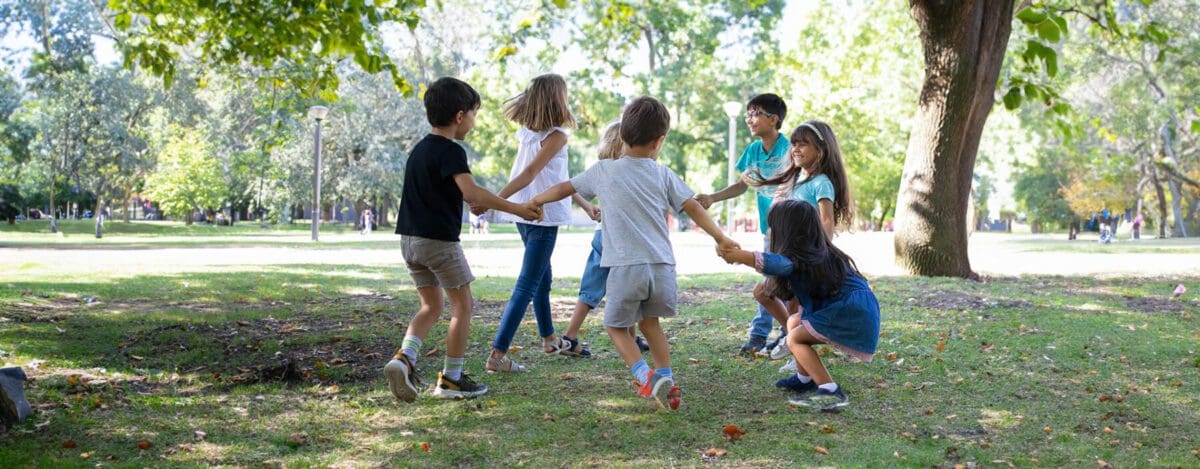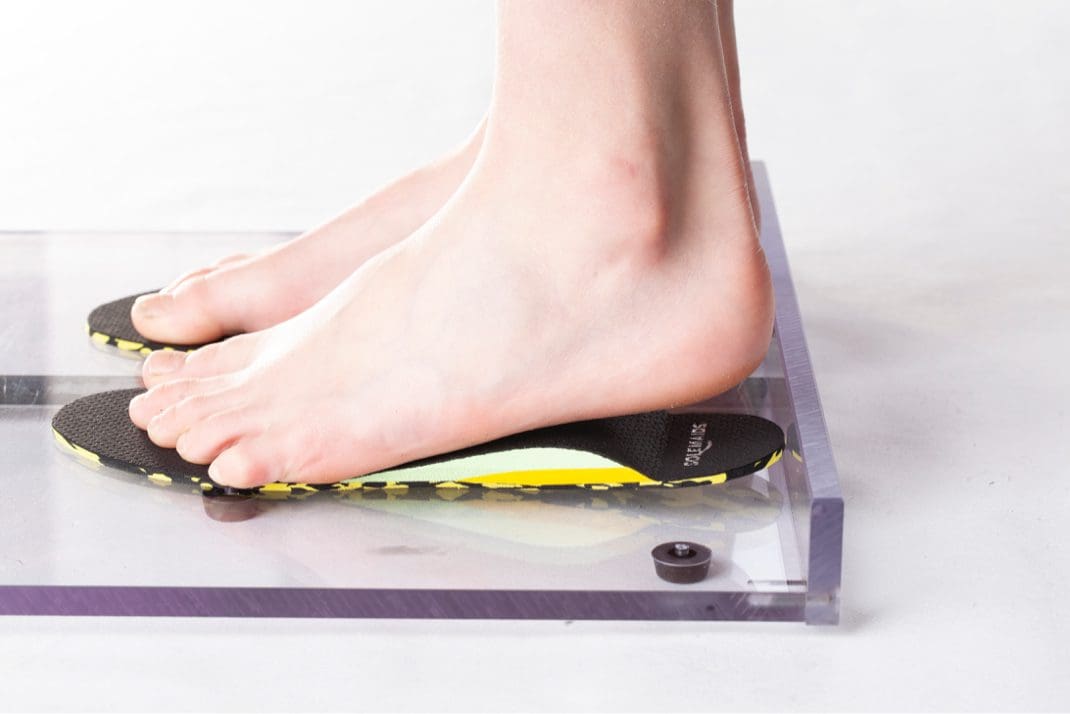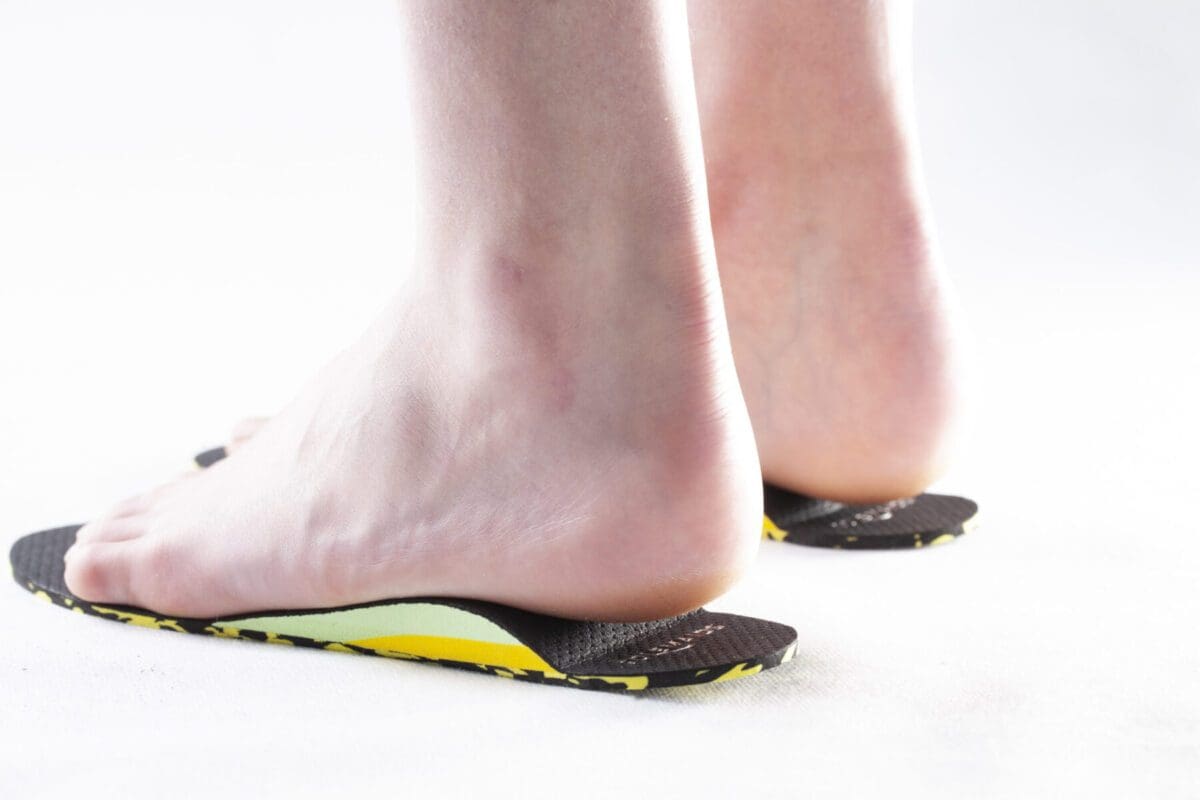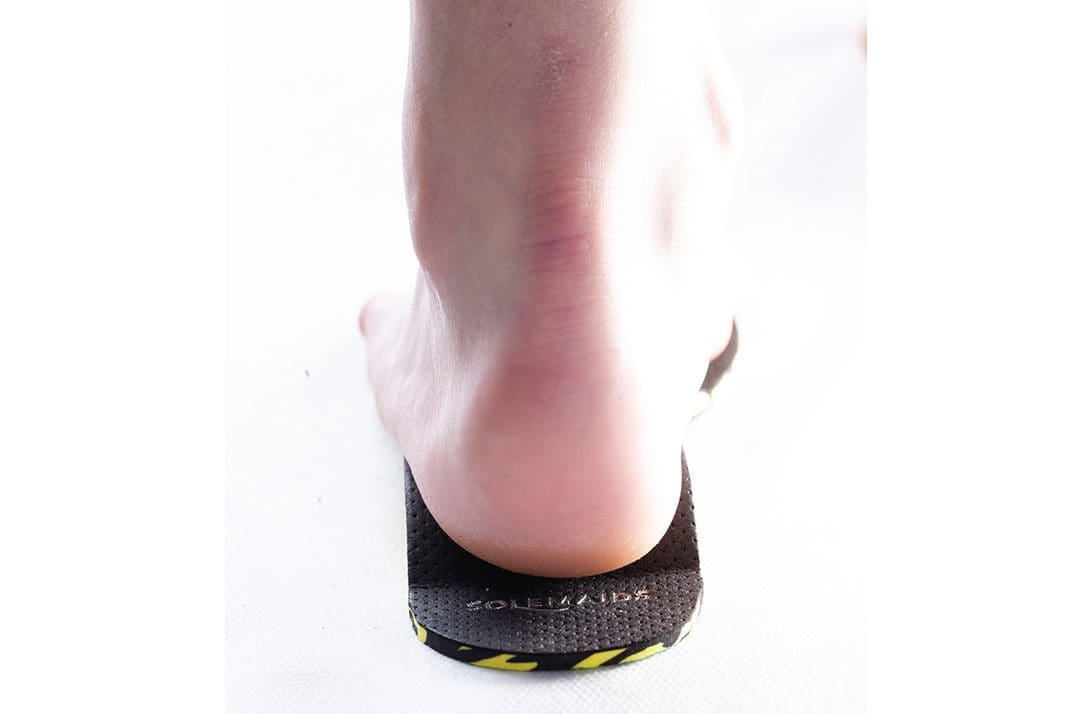Keeping active kids in sport, without the pain. For many children with Sever’s disease, heel pain can become so disruptive that they step back from sport altogether. But what if there was a way to potentially reduce that pain without relying solely on rest and activity restriction?
 At AC Podiatry, we are proud to be South Australia’s exclusive provider of Solemaids® insoles — a specially designed orthotic system that may support children experiencing heel pain related to Sever’s disease.
At AC Podiatry, we are proud to be South Australia’s exclusive provider of Solemaids® insoles — a specially designed orthotic system that may support children experiencing heel pain related to Sever’s disease.
Heel pain in children, particularly from conditions like Sever’s disease (calcaneal apophysitis), presents unique challenges that differ significantly from adult foot problems. Children’s feet are still developing, with growth plates that remain active until mid-to-late teens. This ongoing development, combined with high activity levels and sports participation, can create the perfect environment for heel pain to develop and persist.
The impact extends beyond just physical discomfort. When children experience ongoing heel pain, it often affects their confidence, social interactions through sport, and overall physical development during crucial growing years. Parents frequently report feeling helpless watching their active child become reluctant to participate in activities they once loved.

Historically, treatment approaches for Sever’s disease and similar heel pain conditions in children have focused on conservative measures including rest periods, stretching exercises, heel cups, taping techniques, ice therapy, and general footwear recommendations. While these interventions can offer some relief and play an important role in management, recent research data has shown that many children continue to experience challenges despite these traditional approaches.
A significant 2017 research study revealed concerning statistics about the real-world impact of heel pain in children. The study found that nearly 80% of children diagnosed with Sever’s disease had either stopped participating in sport entirely or significantly reduced their sporting involvement due to ongoing discomfort. Perhaps even more concerning, many of these young athletes experienced persistent symptoms for periods extending beyond 10 months, despite receiving conventional treatment approaches.
These findings highlight a gap in traditional management strategies and suggest that additional support options may be beneficial for many children experiencing heel pain. The prolonged nature of symptoms and high rate of activity cessation indicate that current approaches, while valuable, may not be sufficient for all young patients.

Solemaids® represent a specialised approach to supporting children with heel pain through custom-fitted insole technology. These insoles work by offloading pressure from the heel’s growth plate area, which may help to reduce discomfort and support the natural healing process while allowing children to maintain their activity levels.
The design philosophy behind Solemaids® recognises that growing children have different biomechanical needs compared to adults. The insoles are specifically engineered to accommodate the unique structural and functional requirements of developing feet, taking into account factors such as growth plate positioning, muscle development patterns, and typical childhood activity demands.
Unlike generic heel cups or over-the-counter insoles, Solemaids® are individually assessed and fitted based on each child’s specific foot structure, gait patterns, and activity requirements. This personalised approach aims to provide targeted support where it’s needed most while maintaining comfort during extended wear.
The technology incorporated into Solemaids® focuses on strategic pressure redistribution, which may allow children to continue participating in their chosen sports and activities while supporting their recovery process. This approach aligns with current understanding that complete activity cessation isn’t always necessary or beneficial for young athletes.

The fitting process for Solemaids® involves comprehensive assessment protocols that go beyond simply measuring foot size. Our trained podiatrists evaluate factors including foot posture, gait mechanics, lower limb alignment, activity levels, and specific pain patterns to determine suitability and optimise fit.
Each assessment includes detailed analysis of how the child moves, their current symptoms, previous treatment responses, and individual goals for activity participation. This thorough evaluation ensures that Solemaids® are appropriate for the specific presentation and that realistic expectations are established.
Some children may notice improvements in comfort relatively soon after beginning use, which can support continued participation in sport and everyday activities. However, individual responses vary, and our team provides ongoing monitoring to assess progress and make any necessary adjustments.
As the exclusive provider of Solemaids® in South Australia, our podiatrists have received specialised training in the assessment, fitting, and ongoing monitoring of these insoles for children experiencing heel pain. This exclusive partnership ensures that families have access to the most current protocols and fitting techniques.
Our team understands that each child’s situation is unique, and we take time to thoroughly assess whether Solemaids® may be an appropriate option. We work closely with families to understand their specific concerns, activity goals, and treatment preferences to develop individualised management plans.

If your child is experiencing ongoing heel pain that’s impacting their activity participation or daily comfort, we encourage you to book a consultation with our experienced team. During this assessment, we’ll take the time to understand your child’s specific situation and explore whether Solemaids® may be a suitable support option alongside other management strategies.
Our goal is to help young athletes and active children return to the activities they love while supporting their natural healing and development processes.
This information is provided for educational purposes and should not replace professional medical advice. Individual results may vary, and a thorough assessment is required to determine suitability for any treatment approach.